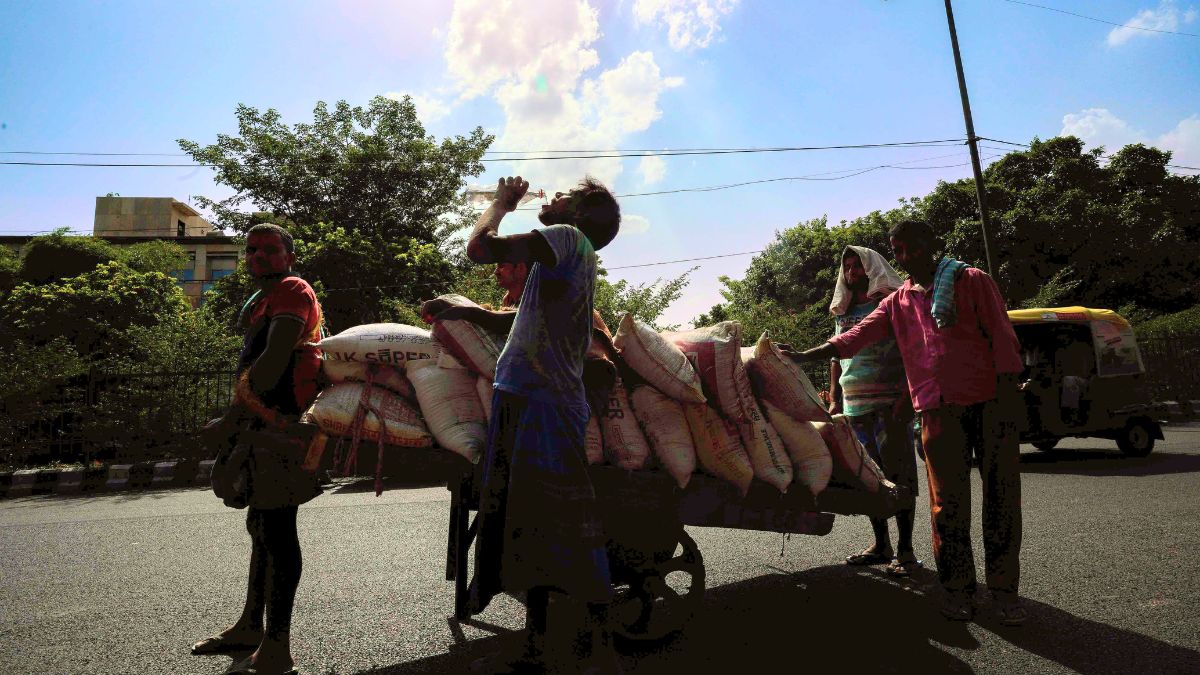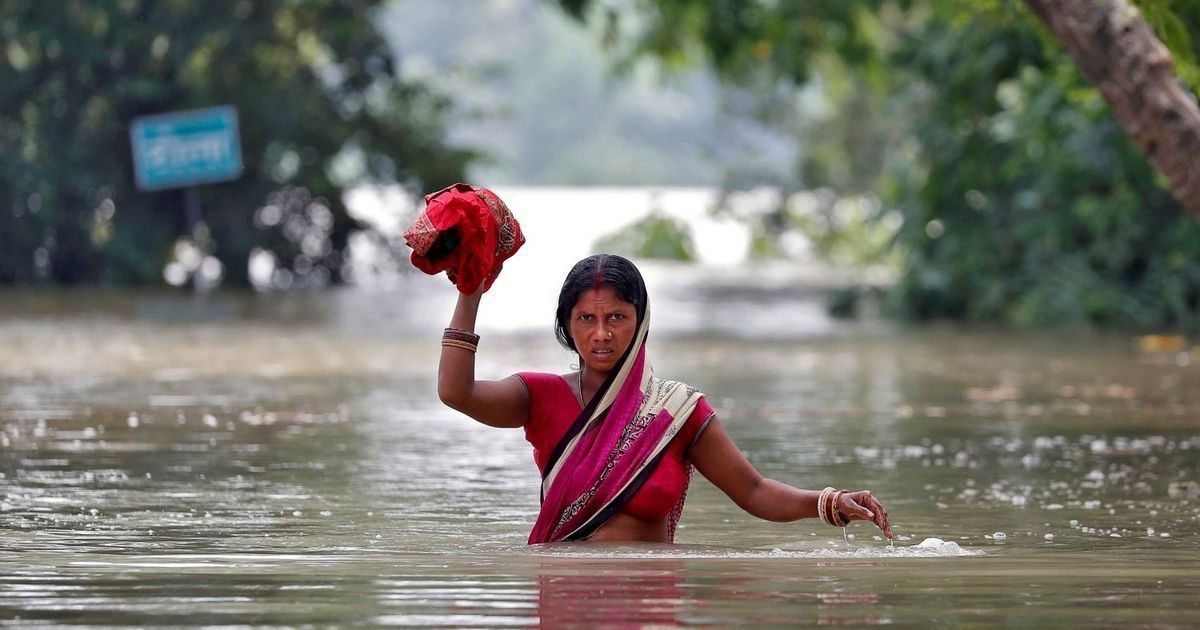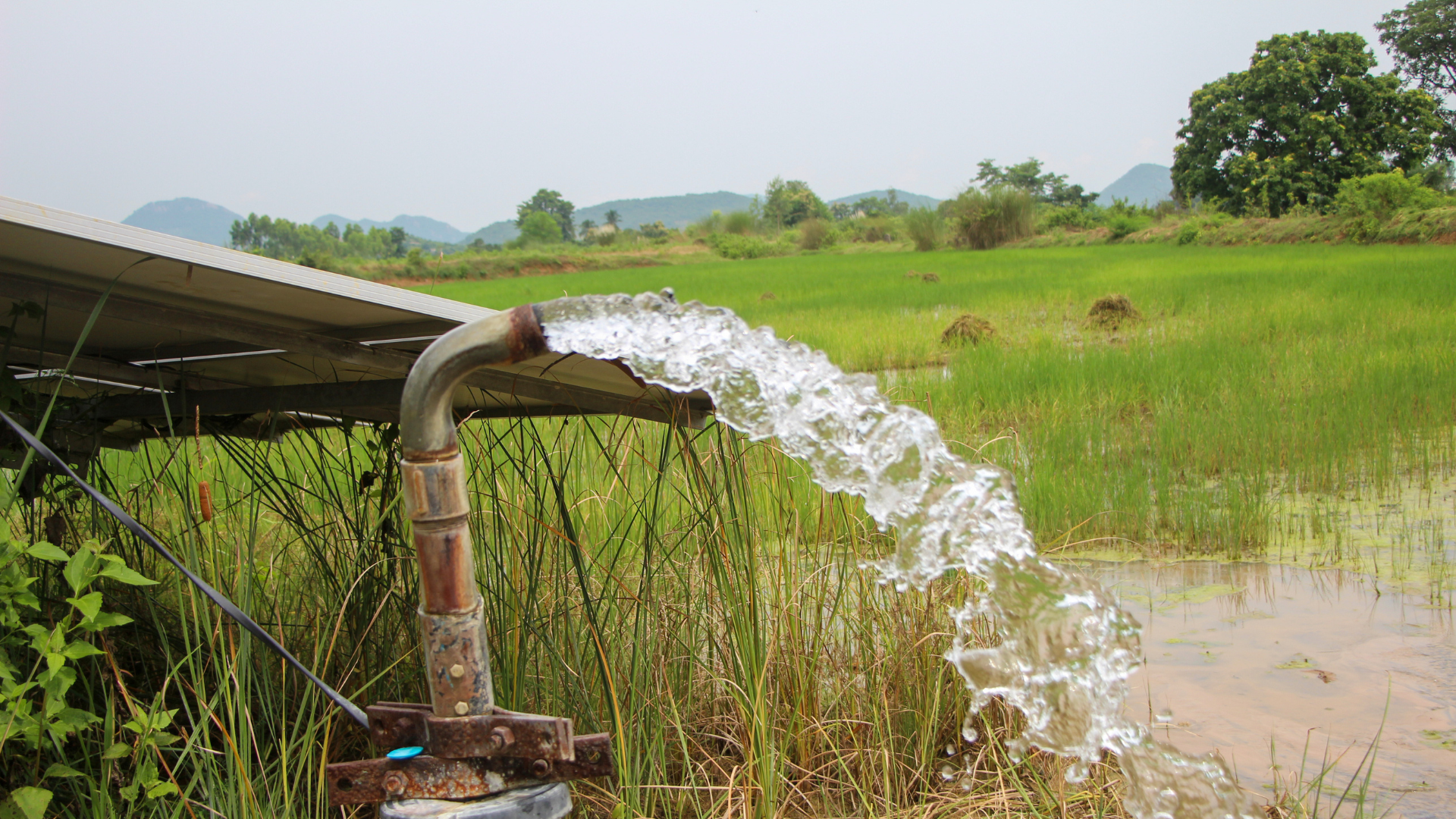Fatal heatwave in Uttar Pradesh linked to climate change: Analysis
New analysis shows that the extreme heat event in Uttar Pradesh in June this year was made at least two times more likely by human-caused climate change
By Editorial Team / Jun 22, 2023

Image Credit: Jagran English
While northwestern parts of the country were reeling under the effects of Cyclone Biparjoy last week, a heatwave in Uttar Pradesh claimed the lives of many. Beginning from June 14, the rising temperatures in UP and nearby state Bihar has led to hospitalisations of many and death of nearly 100.
According to a new analysis by Climate Central, the three-day extreme heat event over Uttar Pradesh from June 14-16 was made at least two times more likely by human-caused climate change. In Ballia, a district in UP, temperatures reached 42.2°C on June 16, leading to multiple fatalities.
The analysis used a metric called Climate Shift Index (CSI), which quantified the contribution of climate change to daily temperatures. CSI levels over 1 indicate a clear climate change signal, while levels between 2 and 5 mean that climate change made those temperatures between two and five times more likely. The methodology used to calculate the CSI is based on peer-reviewed science.
In addition to Uttar Pradesh, most locations across India experienced significant CSI levels during the same period. The heat wave affected hundreds of millions of people in India. While Uttar Pradesh and Bihar were worst affected, other states like parts of the Vidarbha region of Maharashtra, East Madhya Pradesh, Jharkhand, Chhattisgarh, Odisha, Telangana, and Coastal Andhra Pradesh also experienced high temperatures.

The analysis found that in Uttar Pradesh, CSI levels peaked on June 14, decreasing over the following two days. Certain parts of the state reached CSI levels of 3, indicating temperatures that were made at least three times more likely because of climate change.
“Delay in arrival of the monsoon over east and central India has led to prolonged heatwave conditions. Had the monsoon arrived by its normal time, the region would have gotten massive relief. With rains still evading the region, humid winds from the Bay of Bengal have increased the discomfort. There is no denying the fact that there has been increasing heat stress due to global warming. So, all conditions put together have resulted in extreme weather,” said Mahesh Palawat, vice president, meteorology and climate change, Skymet Weather.
Expanding further on recurring heatwaves in India, Friederike Otto, a researcher at Imperial College London and co-lead of World Weather Attribution (WWA), said, “We see again and again that climate change dramatically increases the frequency and intensity of heat waves, one of the deadliest weather events that exist. Our most recent WWA study has shown that this has been recognised in India, but implementation of heat action plans is slow. It needs to be an absolute priority adaptation action everywhere.”
However, the analysis clarified that the current CSI applies only to temperature. The fact that these extreme temperatures occurred along with high humidity is unusual and contributed to the severity of the event.
This extreme event came after the deadly humid heat wave in April of 2023, which was made more than 30 times more likely by human-caused climate change. While people in the affected regions are used to hot and humid temperatures, those who are more physiologically susceptible to heat due to pre-existing conditions, age, and disability and/or are more exposed due to their occupation (e.g. outdoor workers, farmers) are at the highest risk of heat-related health impacts. Such exposure and vulnerability are intensified by societal disadvantage based on factors such as socio-economic status, religion, caste, gender, migration, and living conditions. On top of this, factors such as air pollution, the urban heat island effect, and wildfires further compound health impacts, particularly among the most vulnerable populations.
Heat waves are amongst the deadliest natural hazards with thousands of people dying globally from heat-related causes each year and many more suffering other severe health and livelihood consequences. However, the full impact of a heat wave is often not known until weeks or months later, once death certificates are collected, or scientists can analyse excess deaths. As many places lack good recordkeeping of heat-related deaths, the currently available global mortality figures are likely an underestimate.
The article was first published in CarbonCopy
Climate Change Heatwave in IndiaHeatwave in Uttar PradeshCyclone Biparjoy

